After my post on the beauty benefits of rose water, a lot of you have been asking whether it’s possible to make this fragrant multi-tasker at home.
Yes, it’s possible to make your own rose water — and it’s easy.
Growing up, I always looked forward to visiting my grandmother in her pretty summer cottage steeped in the fragrance of meltingly luxurious rose creams and fluffy rose-dusted powder puffs.
While these sweet-smelling lotions and potions are no longer within reach, these DIY rose water recipes bring back beautiful memories of playing dress-up in her bedroom.
Plus, they are fresh, toxin-free, and safer for the skin than many store-bought varieties laden with chemicals.
Here, then, is a step-by-step masterclass on four different ways to make rose water at home.
How to make rose water: The original recipe from ancient times
- Fill the bottom 3-4 inches of an enamel pot with fresh rose petals. Pour purified water (ideally, distilled water instead of tap water) over them until they are covered.
- Heat the water until it starts steaming, but do not let it boil.
- Simmer until the petals lose their color. At this point, the water will have taken on the color of the petals, and you will see oil on the surface. The process will take approximately 60 minutes.
- Strain the water and squeeze out the liquid from the petals — this is your homemade rosewater.
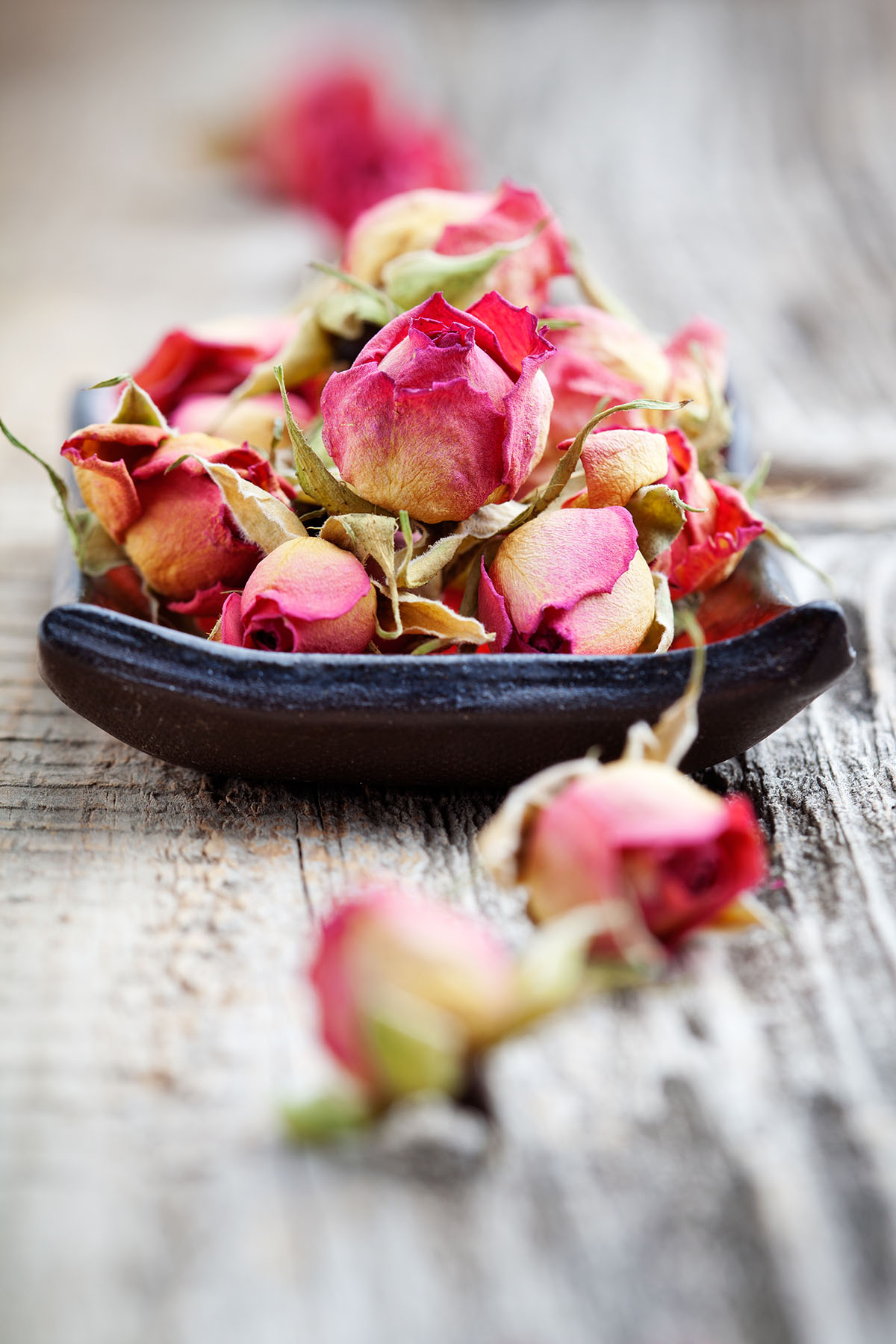
How to make rose water at home: The quick & easy recipe
- Place 1 firmly packed cup of rose petals in a glass jar.
- Pour 2 cups of boiling water over the petals. Cover and steep until the liquid is cool.
- Strain through a nut milk bag, squeeze out the liquid from the petals and refrigerate it in a sterilized jar.
How to make rose water in an oven
- Preheat oven to 450°.
- Line a heat-proof enamelware roaster a few inches deep with fresh roses.
- Add purified water until the petals are just covered.
- Place the roaster (uncovered) in the oven and bring to a boil.
- When it starts boiling, turn off the heat and cover the roaster. Leave in the oven until the water is cool (several hours).
- Once cool, strain and squeeze all the petals to remove the liquid. Refrigerate the liquid.
How to make rose water at home: With all the bells & whistles
- Fill the bottom of an enamel canning or stock pot with 4 quarts of rose blossoms.
- Pour distilled water over them until they are just covered. The rim should be a few inches higher than the water. If you have a canning rack, you can set the bowl on top so it’s not directly over the heat; a Pyrex loaf dish underneath the bowl would do the trick.
- Cover the pot with its lid, but position it upside down so you have a dipped “container” to hold the ice on top (to be added later).
- Now turn on the heat and bring the water to a boil.
- Once it starts boiling, fill the top of the inverted pot lid with ice cubes. Turn the heat down and keep at a bare simmer for about two hours.
- Top up the ice as needed, and occasionally check that the petals don’t boil dry.
- This process will enable condensation to form on the top inside of the pot lid. The condensation will drip into the bowl inside the pot — the liquid inside the bowl is your floral elixir.
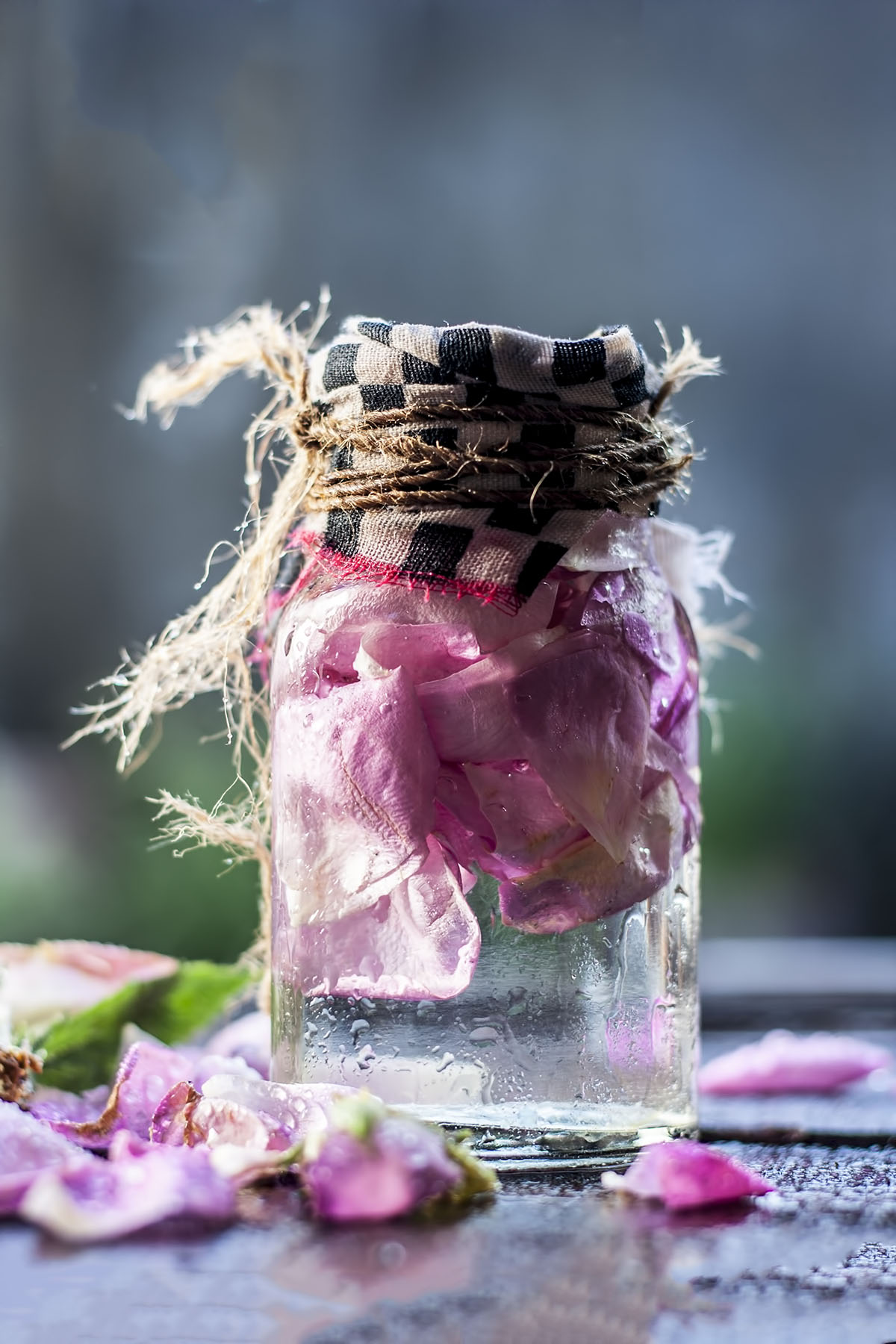
PS: Some important notes
- The best roses for floral water are the Rosa damascena, Rosa centifolia, and Rosa gallica. All these species are edible and work brilliantly in teas and food flavorings.
- Rose petals must be freshly picked and completely free of pesticides or other chemicals. If you don’t grow your own rose bushes, ask at the local florist or farmers market for organic ones.
- Pick the flowers just after the morning dew has evaporated — around 2-3 hours after sunrise.
- Use only the rose petals, not the stems, stamen (the “male” part at the center of the rose, where you find the pollen), or leaves.
- Wash thoroughly to remove any bugs or dirt and immediately process with one of the rose recipes above.
- After preparing your recipe of choice, refrigerate in a sealed, sterilized glass jar.
Preservation pointers
While homemade rose-infused water does not contain preservatives and has a shorter shelf life, there are a few tips and tricks to extend its freshness.
- Always store it in a clean, sterilized glass container. Any impurities can contaminate your petal infusion and shorten its life.
- Keep it refrigerated. It will last longer and provide a refreshing, cooling effect as well.
- Use your concoction within two weeks. If you notice any changes in color, smell, or texture before then, discard it immediately.
- Consider adding a natural preservative like grapefruit seed extract if making a large batch.
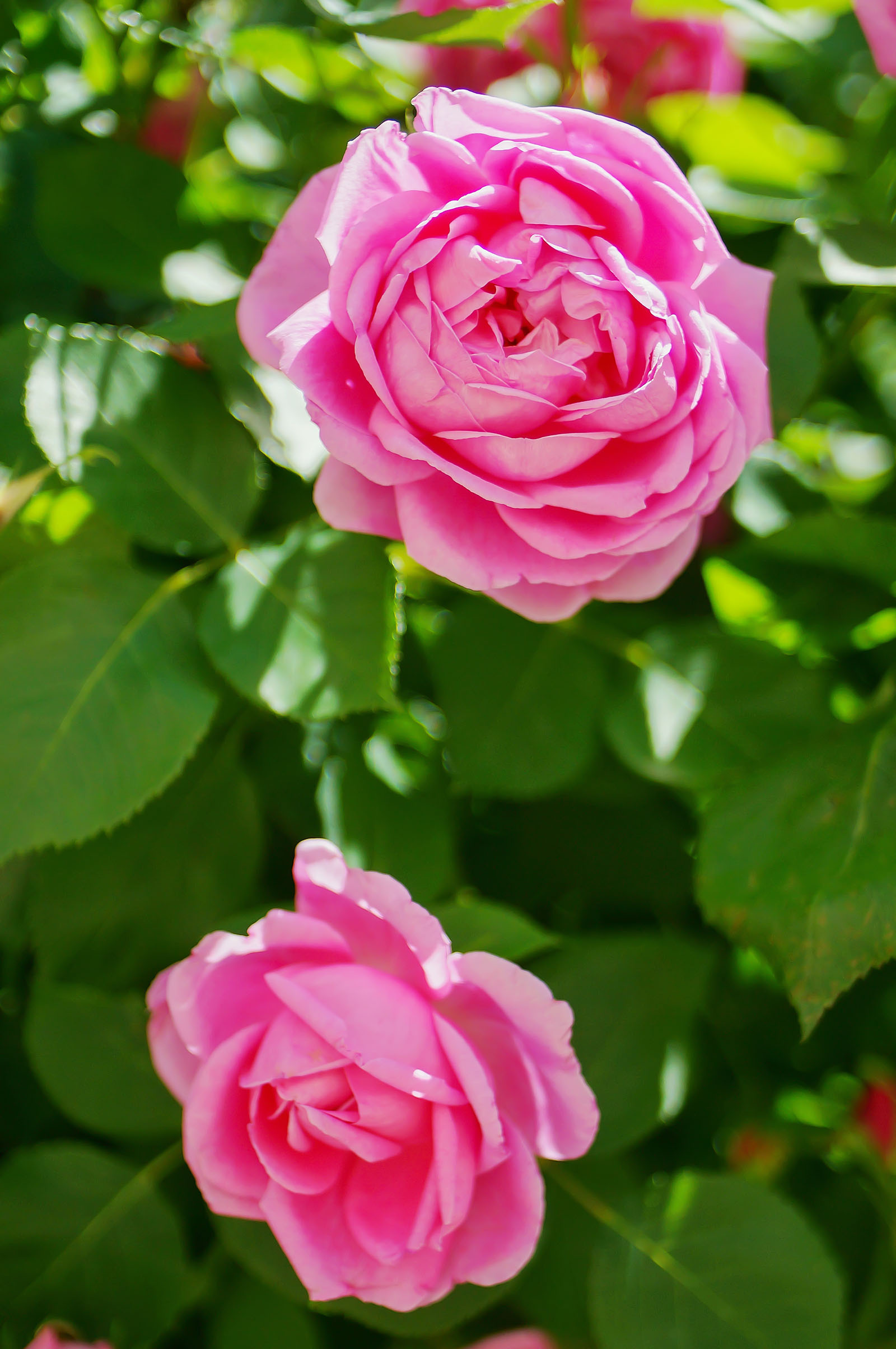
What are the skincare benefits of rose water?
According to a whole host of scientific research, this floral extract is a reservoir of benefits for your skin. Potent with anti-inflammatory properties, rose water helps calm irritated skin, reduce redness, and heal acne. It also balances your skin’s pH level, keeping any unruly breakouts at bay.
How does it do that? Let us count the ways.
Skin soother
It’s a natural soother, perfect for calming inflamed or irritated skin. Its anti-inflammatory properties work wonders in reducing redness and relieving conditions like eczema or rosacea.
Balancing pH levels
Let’s step into the science of skin for a moment. Your skin’s normal pH is slightly acidic, ideally around 5.5. But life happens, and this delicate balance gets disrupted by pollutants, harsh skincare products, or stress.
A pH imbalance, either too acidic or alkaline, can cause various issues. Overly alkaline skin can lead to dryness, irritation, acne, premature aging due to collagen breakdown, and weakened defense against external harmful agents. Similarly, excess acidity can encourage acne-causing bacteria.
Rose essence steps in here, helping to restore your skin’s pH balance and fostering healthier, happier skin.
The antioxidant powerhouse
Science concurs that this enchanting elixir contains potent antioxidants that battle the skin-aging culprits — free radicals, which lead to the signs of premature aging, such as fine lines, wrinkles, and sagging.
By protecting your skin from oxidative stress, this floral water helps maintain that youthful, plump look, making it a must-have in your anti-aging skincare arsenal.
The aromatherapy advantage
Beyond the realm of tactile benefits, rose extract is central to the sensory world of aromatherapy. Its subtle, soothing scent has aromatherapeutic properties — it uplifts the mood, reduces anxiety, and offers a calming experience.
So, with every spritz, you’re not just revitalizing your skin but also lifting your spirits and unburdening your mind. I love using it as a hair perfume. The rose hydrosol is a natural ingredient that doesn’t dry out the hair like grocery store scents and smells gorgeous!
The universal benefactor
The beauty of this infusion lies in its universal embrace.
For oily skin, it helps regulate sebum production.
Dry skin will appreciate its hydrating properties.
Sensitive skin will be soothed and calmed.
And for combination skin, rose water brings about balance, addressing the needs of both dry and oily areas.
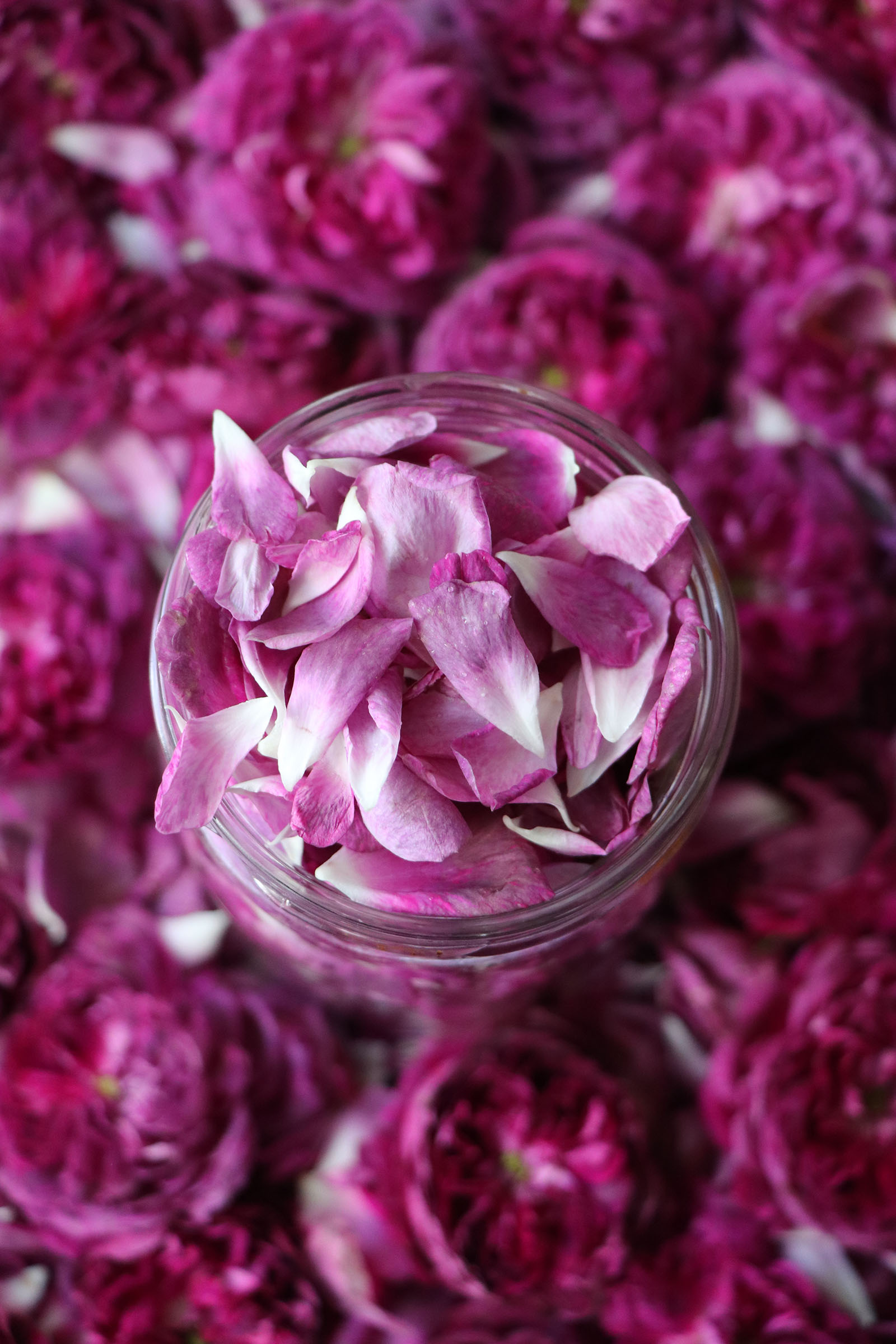
How to incorporate rose water benefits into your skincare
Making your homemade, chemical-free rose water is only half the battle won. Incorporating this floral elixir into your everyday skincare routine completes the journey.
Face refresher
Use it as a refreshing toner post-cleansing. Dab some onto a cotton pad and swipe it across your face for a refreshing, pore-tightening experience.
The hydration haven
You can also use this infusion as a hydrating mist throughout the day. Just pour it into a spray bottle, and you’re ready to handle skin irritation or dryness.
The perfect pair
Mix it with your favorite facial oil for a nourishing, hydrating boost. It not only aids in better absorption of the oil but also leaves you with a glowing complexion.
The cool compress
Soak a soft cloth in chilled rose water and place it over your eyes. It reduces puffiness and gives your eyes a fresh, awake look.
The toner
Add 1 part rubbing alcohol, vodka, or witch hazel to 10 parts of rose essence to make a facial astringent or toner for oily and combination skin.
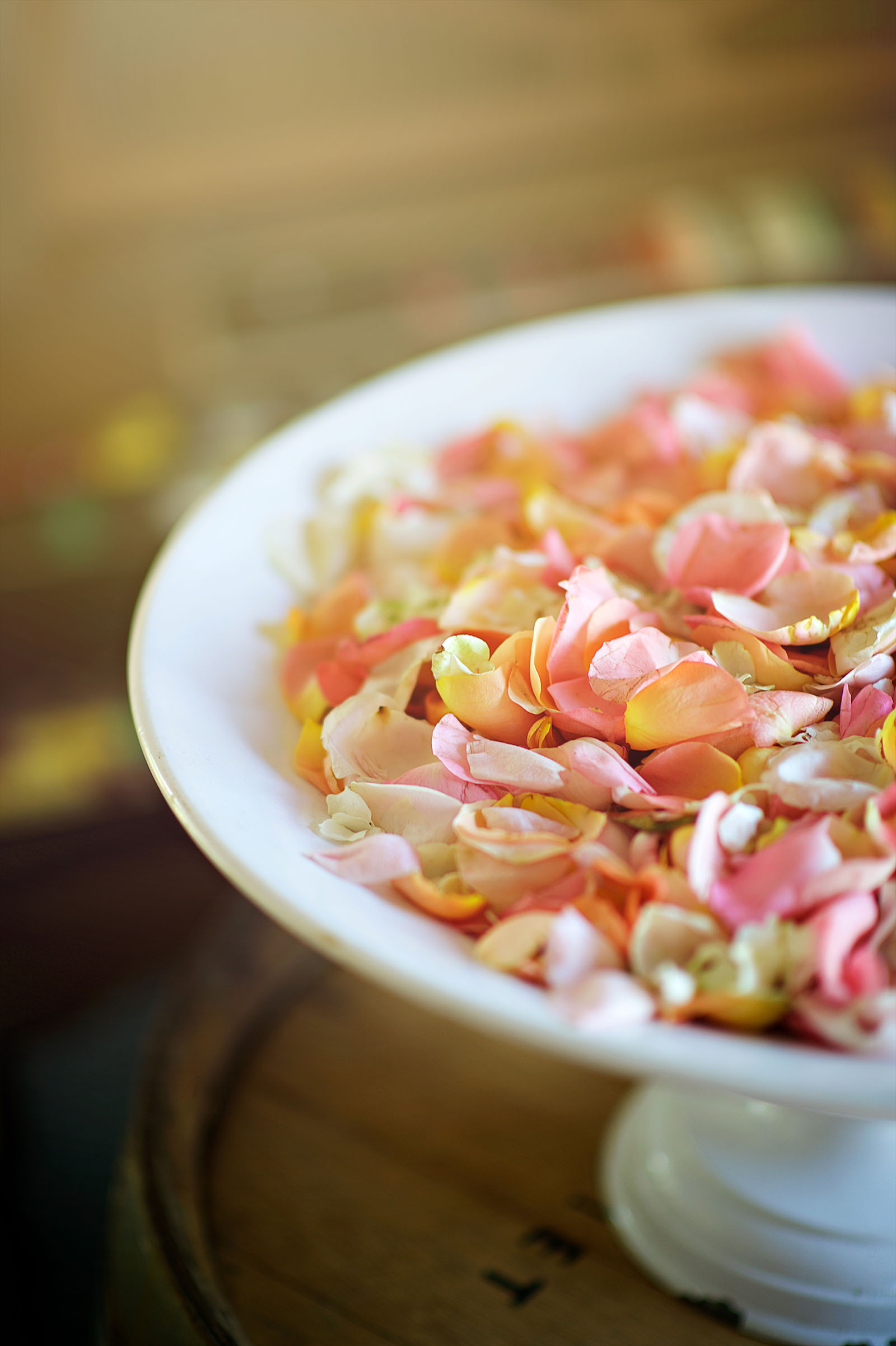
FAQs: All your rose water queries answered
Now that we have these rose recipes — right from the steam distillation of rose petals to the most easy rose water recipe possible, here are the most frequently asked questions about how to make this floral infusion.
Can I use any rose to make rose water?
While you can technically use any rose, it’s best to use organic rose petals. They are safe for your skin and have a stronger, more natural fragrance.
How often should I use rose water?
You can use rose water daily. It’s gentle on the skin and provides hydration and revitalization. However, as with any new skincare product, you should patch-test it first to ensure you don’t have any adverse reactions.
Can I use rose water if I have sensitive skin?
Yes, rose water is known for its calming properties and is usually safe for all skin types, including sensitive skin. However, everyone’s skin is unique, so it’s always a good idea to do a patch test first.
Can I add other ingredients to my homemade rose water?
Absolutely! Feel free to get creative with your rose water. You can add ingredients like witch hazel for toning properties or essential oils like lavender for additional calming effects. Remember to do a patch test when adding new elements.
What is homemade rose water good for?
Homemade rose water has a multitude of uses and benefits:
- Skincare: Rose water is well-known for its skin benefits. It can help maintain the skin’s pH balance and control excess oil. This floral elixir has anti-inflammatory properties that can help soothe irritated skin and eliminate acne, dermatitis, and eczema.
- Haircare: Applying rose water after shampooing can nourish the scalp, promote hair growth, and leave your hair with a fresh scent.
- Aromatherapy: Rose water is used in aromatherapy due to its soothing fragrance, which can help to calm the mind and reduce stress.
- Cooking: Rose water is also used in cooking, especially Middle Eastern recipes, to add a floral touch to dishes and desserts.
- Health: Drinking rose water can help improve mood, aid digestion, and soothe a sore throat.



KPG says
Do all the methods preserve the benefits of rose water equally?
anubha says
yes
Anna says
I have a question about the first recipe – do you keep a pot covered while simmering the petals? Cause I’m pretty sure that the water would have evaporated almost completely after an hour of simmering.
anubha says
yes, I do!
junoesque says
or simply buy suparna’s rosewater 🙂 her stuff is at flat 50% off on international women’s day – just thought i should let you know. cheers.
anubha says
The Good Earth one is also superb!
Jess says
Link? Thanks!
Lizzy says
I made this a few hours ago. The water took on a deep red color and smells like someone cooked broccoli in it. I used freshly picked(pesticide free) rose petals, the jar was sterilized before I used it, the water was boiling but I have no idea why it smells like broccoli. I used the quick and easy rose water recipe.
anubha says
That would usually happen only if the stems were pulpy or a tad dirty… could that have been the case?
Brenda says
Why does my rose water have a broccoli smell
suzann says
Why not just use a steel pot?
Claudette says
Is there a stark difference in scent between hydrosol and rose water made this way?
geometry dash says
I did but the rose water smell was a bit weird